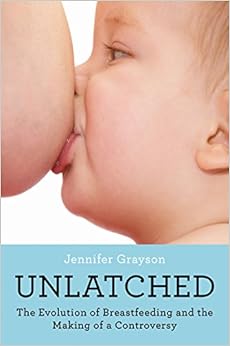Comments wanted: FDA guidance on structure/function claims for infant formula. Deadline: November 8
The FDA wants to tighten up the rules for labels and advertising of “structure/function” claims on infant formulas. It has proposed “guidance” and asks for comments on it.
This is a good proposal and needs all the support it can get.
Background
“Structure/function” claims were allowed by the Dietary Supplement Health and Education Act of 1994. These are pseudo health claims that are really about marketing, not health. Example: this brand of infant formula “supports digestion.”
All infant formulas must meet FDA nutritional requirements and there is no meaningful difference in any of them. Structure/function claims market one brand over another. Worse, they make infant formulas seem better than breast milk and help to discourage women from breastfeeding.
In September, the FDA announced that it was proposing draft guidance for industry, entitled “Substantiation for Structure/Function Claims Made in Infant Formula Labels and Labeling.” This says that the infant formula industry must actually produce evidence that the claims do what they say. Formula makers must substantiate structure/function claims with “competent and reliable evidence,” preferably from clinical research.
Infant formula makers would much rather not bother.
This proposal deserves enthusiastic support. If you agree with it, please write the FDA and say so.
ChangeLab Solutions has filed a position paper on this topic with the FDA—excellent background reading.
It also has developed a template letter, which you can adapt and send.
But even a shorter statement that you think structure/function claims should not be used to market infant formulas without real science behind them would help.
Here’s the quick one I sent in. Feel free to copy. But individual letters carry more weight.
How to do this?
- Go to the FDA docket website: look for ID: FDA-2016-D-2241.
- Go to the first of the two FDA documents listed there.
- Click on “Comment Now!”
- Fill in the Comment box by saying you are commenting on FDA-2016-D-2241.
- Upload your letter
- Following the instructions for the required items (the others are voluntary)
The FDA documents



